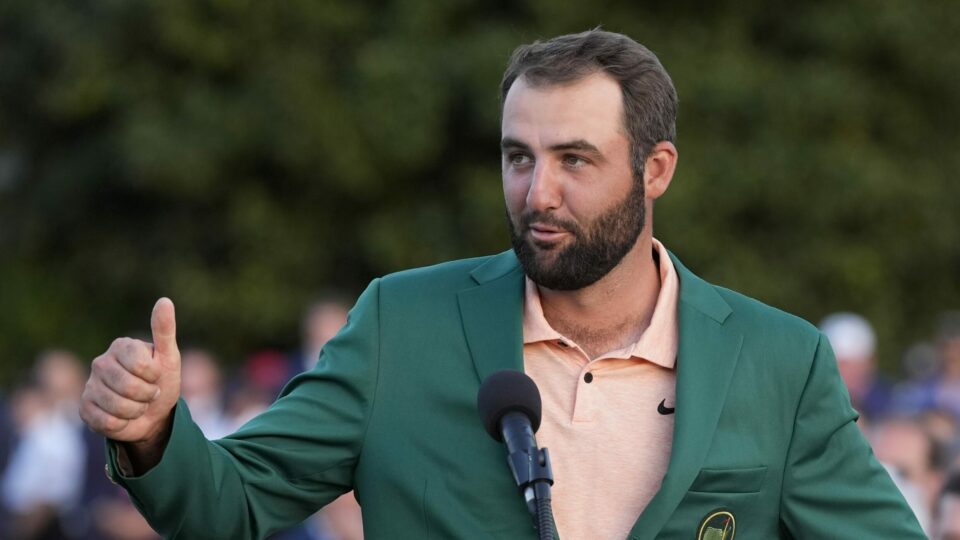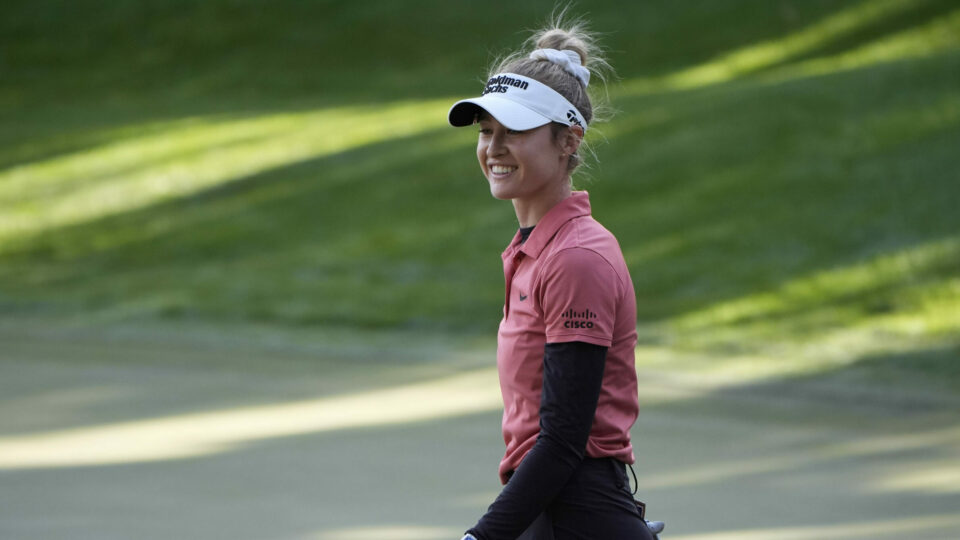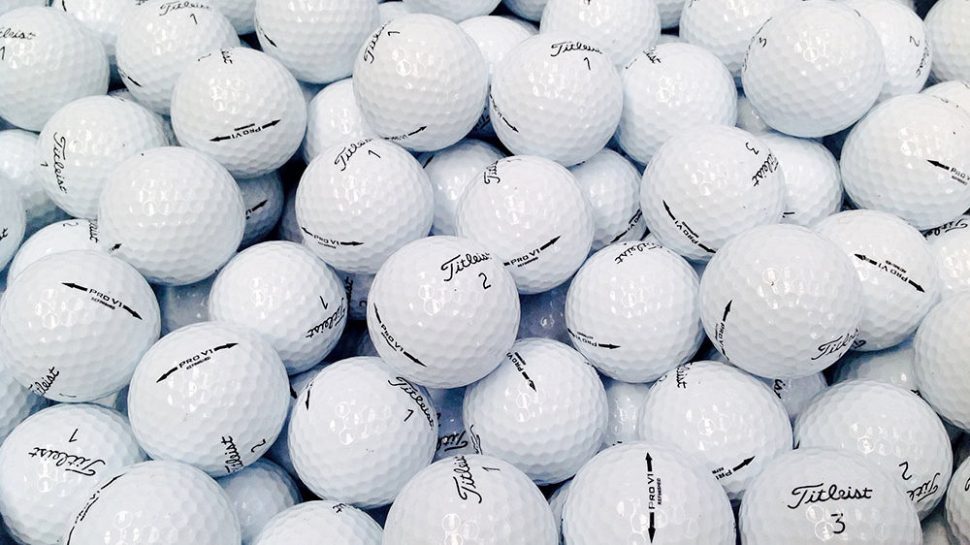
When large size golf organizations tout supposed corrective solutions "for the good of the game" there's a part of me -- cynically I might add -- that subconsciously has to look under the rocks to see if there are other outcomes -- unanticipated as well as real ones -- either being promoted or ignored.
There's an old adage -- no one seeks the general interest until the self-interest is served.
Take the most recent excruciating drip/drop report from the USGA and R&A via their ongoing Distant Insights Report study. The "insights" are indeed both interesting and exasperating. In February 2019, both groups stated the obvious -- continuous gains in distance are hurting the sport and definitive action is needed to stem that development. That revelation is on par with telling a man who walks across the desert without water he will die.
"The impact it has had has been horrible." - Mike Davis offered a candid assessment of the ripple effects tied to increased ball distance: https://t.co/KnseDYS9dU pic.twitter.com/CqUoRygz6a
— Golf Channel (@GolfChannel) November 21, 2017
When the latest update was provided just a few weeks ago USGA chief executive officer Mike Davis stated the following.
"Hitting distances have consistently increased through time and, if left unchecked, could threaten the long-term future of our game. This is the first forward step in a journey and a responsibility the USGA and The R&A share with the worldwide golf community to ensure that golf continues to thrive for the next 100 years and beyond."
Keep in mind, both the USGA and R&A were sleep-walking when major club and ball improvements happened over the span of 25 years. What should have been alleviated then now requires putting the genie back into the bottle. That's hard to do. And various interest groups within the broader golf industry see solutions from the narrow and parochial lane spaces they respectively occupy.
Both the USGA and R&A have stressed the importance in seeking transparency, welcoming collaboration and input. Part of that has to do with previous fumbles when rule changes for equipment were summarily announced years ago. Key equipment companies balked -- some quickly positioning themselves for litigation via court action where serious damages could be levied if cases were affirmed. To say both organizations were chastened by the past is far beyond an understatement. Both organizations have since built financial nest-eggs -- most notably the USGA -- and the fear of being hit with a major lawsuit resulting in millions of dollars in damages is no small matter for the brain trust at Far Hills and St. Andrews respectively.
Why both organizations waited so long is hard to fathom. Statistical data has been present for quite some time. In 2000 -- only one golfer averaged beyond 300 yards on the PGA Tour - John Daly. Fast forward to 2020 and a total of 72 players are beyond that mark. Dan Puhl won the first statistically measured driving distance total in 1980 with a 274 figure. Last year's winner -- Bryson DeChambeau -- averaged 321 yards. It doesn't take a mathematics expert to see the clear reality. The average tour drive today is at 296 yards and it's likely by 2024 the overall tour average will surpass the 300 mark. Given the clear data and outright progressions one can reasonably inquire who was watching the store?
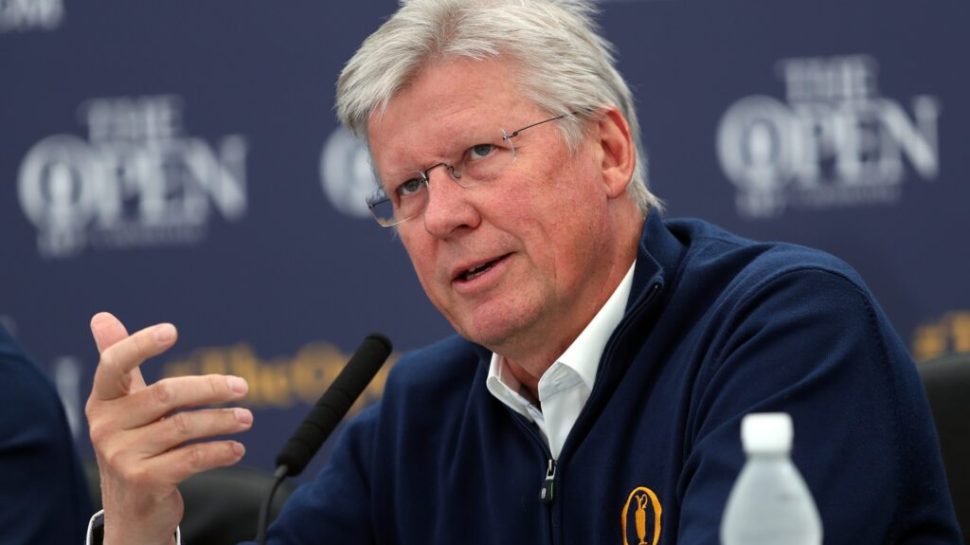
(David Davies/PA)
Unquestionably, today's exceptional golfers have access to better teaching, training, nutrition, etc, etc. Being stronger means faster clubhead speeds and the wherewithal to take advantage of what technology provides. But, there's also the reality various technological advancements escaped serious proactive involvement from rules making bodies sleeping at the switch when timely corrective action was needed.
When titanium club heads made wooden heads obsolete, why no action then? Larger sized clubheads soon followed - ditto longer shafts. The same can be said when golf balls made a major leap when Titleist introduced the Pro V1 and Pro V1X lines in 2000. That pivotal moment meant the end of shorter balata balls and rock-hard counterparts.
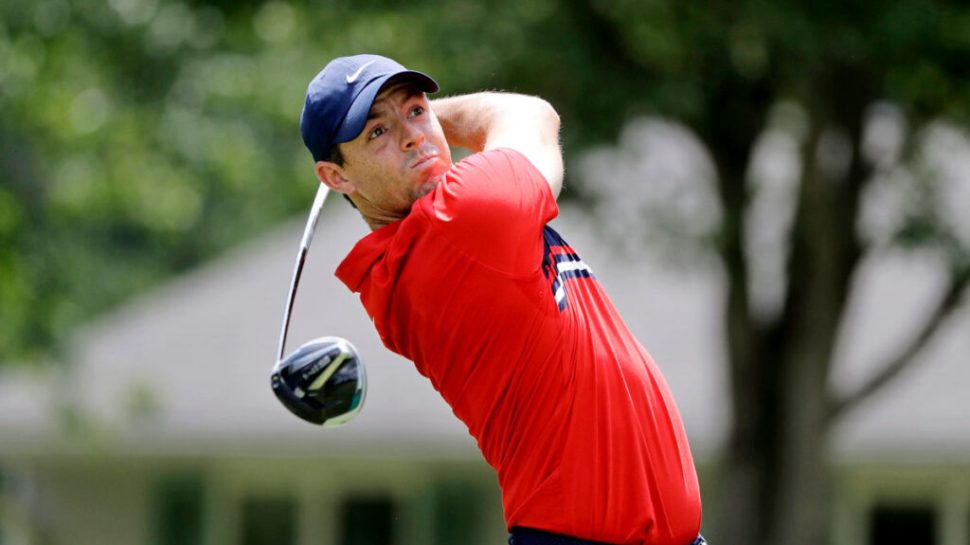
On the eve of the start of the Waste Management event four-time major champion Rory McIlroy stated in no uncertain terms his thoughts.
"I think the authorities, the R&A and USGA, are looking at the game through such a tiny little lens. What they're trying to do is change something that pertains to 0.1% of the golfing community -- 99.9% of the people that play this game play for enjoyment, for entertainment. They don't need to be told what ball or clubs to use."
The sixth-ranked player in the world further added - "Honestly, I think this distance insight report has been a huge waste of time and money, because that money that it has cost to do this report could have been way better distributed to getting people into the game."
"99.9% of the people that play this game play for enjoyment, for entertainment. They don't need to be told what ball or clubs to use."
- Rory McIlroy
Courses used for championship designs have had to carry out major upgrades with overall yardages increased to combat the distance onslaught. When Tiger Woods won his first Masters in 1997 -- total length for Augusta National was 6,925 yards. When Dustin Johnson snared the green jacket last November the course played 7,475 yards and even with the added length Johnson set a new record 72-hole total for the event.
Keep in mind, not all courses have the financial resources or space to simply keep moving tees to longer and longer positions. If such trends continue, having championship courses exceeding 8,000 yards will not be out of the realm of possibility. There's also the companion issue of sustainability -- both from a financial and environmental perspective.
Power golf has become the key emphasis point at the elite professional level and technology has been the springboard for a new generation of players. How prescient is the quote Bob Jones uttered in 1965 when watching Jack Nicklaus set a new a new Masters tournament record, "he plays a game with which I am unfamiliar." That same quote rings true for today's world class professional players.
View this post on Instagram
Nick Faldo and Jack Nicklaus discuss distance gains from today's golf balls
On the flip side is the wider mass of recreational players. Distance gains have also happened but on a far smaller magnitude. On the whole, average amateur golfers drive a golf ball 220 yards. For women -- the number ranges just below 150 yards.
Unsurprisingly, the situation between the elite players and the bulk of those playing golf is beyond night and day. The gap is wider than ever. Yet, the governing bodies insist on not creating bifurcated rules reflecting a misguided view that golf is better served when all -- no matter the skill differentials -- are under one roof.
Think of this -- besides bowling -- golf is the only major sport played worldwide where competitors bring their own balls to the competition.
Clear remedies are available but the desire to do so has two conflicting situations -- between what is truly "for the good of the game" and what's being promoted solely for self-interest reasons.
Nicklaus, an 18-time major champion and course designer, has long advocated rolling back the distance golf balls attain. So has former PGA Tour star and fellow course architect Tom Weiskopf.
Having a "competition ball" for the highest-level of play would bring back much needed shotmaking skills and in concert re-establish the standing of courses opened during the classical era architecture period that have been bastardized in becoming unduly lengthened with associated costs escalating rapidly.
Interestingly, the powers-that-be at Augusta National can take unilateral action. Mandating a "competition ball" for all competing in the Masters. It's unlikely any contestant would forsake an invitation to play with the stipulation imposed. What's amazing is how much money has been spent by the club on extending the course's length and altering the fundamental character Bobby Jones and Alister MacKenzie originally envisioned.
In the October 2020 issue of Golf Digest, renowned architect Tom Doak weighed in eloquently. "Elite players really need to be playing a different ball, and then the architecture would all snap right into place. You just make a competition ball mandatory for the Open and Amateur, and you let the elite amateurs players be the ones who insist on using it back down the food chain, from state and county events to the club championship, over the course of five to 10 years."
So, why is a logical approach not implemented? Simple -- money.
The PGA Tour's close ties to equipment companies and the benefits each gains from one another precludes a competition ball ever seeing the light of day. The PGA Tour is the ultimate validator of golf equipment and those producing clubs and balls do not wish to seek the marketing connection to the bulk of those playing the game recreationally severed in any substantial way.
"Elite players really need to be playing a different ball, and then the architecture would all snap right into place."
- Tom Doak
The PGA Tour realizes the acceptance of a "competition ball" means a significant dollar hit on the endorsement dollars key players make from ball manufacturers. Ditto the resulting drop in revenues and market share for the key golf ball companies. It's hard to tout the benefits of a "competition ball" when the masses are using something else. The PGA Tour is not in the business of taking money out of the pockets of its membership or hurting those who do business with it.
The PGA Tour realizes that each week it brings to the forefront through television the world's best players. That type of platform is not realized by either the USGA or R&A -- except when the respective organizations stage their annual flagship events -- the U.S. Open and The Open respectively. So, if anything of consequence is ever going to happen regarding golf clubs and balls - the PGA Tour will need to be on board. Right now, King Kong sits on top of The Empire State building and is not going to be dislodged with a few prop planes.
In short, the USGA and R&A are in the persuasion business. Rolling back the distances golf balls attain and applying the standard for all golfers would be a public relations nightmare. Those playing the game recreationally don't hit the ball far enough-- let alone be told to play golf balls that go shorter.
“The whole point of the ball debate is to preserve a balance between the different skills that constitute golf.” – One of golf's greatest minds and best ever architects, Tom Doak, 2010 #RollbackAlliance #FixTheBall pic.twitter.com/NK7QGD7oA8
— Rollback Alliance (@rollbackgolf) September 24, 2020
In concert with a competition ball the other missing element that could be quickly implemented is reducing the number of clubs a player can have in their bag for elite events. The number 14 was arbitrarily decided upon by both the USGA and R&A in 1936 and implemented in 1938.
As the game has progressed the make-up of a golfer's set of clubs now includes several different wedges, hybrids and various types of irons. Reducing the number to 12 for top tier competition would place the onus on players to think carefully what clubs would be needed to handle the course faced. Shotmaking would clearly need to be refined and on full display as players would have to adjust accordingly especially on in-between clubs for approach shots.
The USGA and R&A have been wise to include certain remedial steps -- shortening the length of drivers is a good step -- ditto the desire to rein in tolerances permitted when golf balls and drivers are tested. Other such tweaks can be included but there needs to be a clear accounting of how golf has evolved and the space between elite and recreational play is fundamentally in separate books -- let alone different pages.
Yet, the two major rules bodies are seeking collaboration and consensus from stakeholders who view all such efforts from the narrow lane of self-interest. The good of the game is factored through the lens of "what good for us." How ironic the distance gains happening on the course are not as wide as those preaching from off the course.
Longest drives of the week @Sentry_TOC. 😯
— PGA TOUR (@PGATOUR) January 11, 2021
424 - @Cameron__Champ
421 - @Cameron__Champ
414 - @B_DeChambeau
405 - @B_DeChambeau
404 - @Cameron__Champ
403 - @AdamScott
401 - @JustinThomas34
400 - @B_DeChambeau
399 - @Cameron__Champ
397 - @JonRahmPGA / @NTaylorGolf59 pic.twitter.com/Ied1IcRWxX
McIlroy’s candor is laser-like for its accuracy. The Ulsterman was quick to point out — unlike his colleagues in professional golf — he's willing to play any ball given the confidence in his abilities. Such candor is to be celebrated but likely he will have few takers given the penchant among his brethren for always protecting personal pocketbooks first.
Professional golf at its highest level is strictly mercenary. Consider how many world ranker players recently played in Saudi Arabia — a country that still keeps women in medieval times — and did so without even a second thought. Even Nicklaus recently announced he is designing a course there.
The illustrious character Gordon Gekko said it best in the movie Wall Street when addressing his protege Bud Fox about the world at-large -- "It's all about the bucks kid -- the rest is just conversation."

